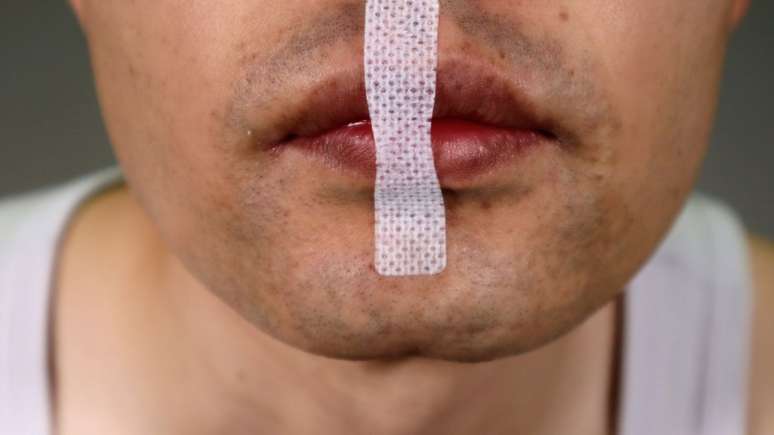Hemophilia is a hereditary condition, therefore families with a history of the disease should prepare even before the birth of their child
Almost 14,000 people live with hemophilia in Brazil, according to the latest data of the Ministry of Health. This hereditary and rare condition is characterized by a hemorrhagic disorder in which the blood has not correctly corrected, leading people to bleed longer and more often than normal. In a cutout of patients with hemophilia by states, for example, San Paolo has 20.5% of this population, while Rio represents 9% and Minas Gerais 8.7% of people with the condition.
Without adequate care, hemophilia can lead to permanent damage, especially in the joints, compromising the quality of life of patients. Francine Doty Campoy, hematologist and pediatrician of Hemosc Blumenau, follows some of the greatest myths on the condition.
“People with hemophilia only have external bleeding from cuts and scratches.”
MYTH. In addition to the cuts and other external lesions, which are easier to identify, there is the possibility that people with hemophilia have internal bleeding. The internal lesions that cause bleeding, such as muscle and marbling bruises, cause a lot of pain and can leave permanent sequels. It can still happen, less frequently, intracranial and abdominal bleeding, which bring life.
It is therefore very important that the patient and those around them are aware and take adequate care. Complications can worsen when the patient does not have venous access, making it difficult for an efficient treatment administration and increasing the risk of prolonged bleeding and the need for more complex medical interventions.
“Hemophilia affects only males.”
MYTH. Although it is a genetic condition linked to the X chromosome, hemophilia can also reach women, although rare. This is due to genetic mutations or in specific cases, for example, if a woman whose father has hemophilia has children with an hemophilic man, the couple can have a daughter in a condition.
“People with hemophilia can carry out physical activities or do sports when they are treated“
REAL. With adequate preventive treatment, people with hemophilia can practice various sports, such as swimming and running, but it is generally recommended to practice less impact and physical contact activities. The most intense or radical exercises, who can also endanger a person without condition, are generally not recommended.
However, innovations with high efficacy in the prevention of bleeding are still analyzed. With the expansion of access to new technologies, a new reality could be possible in which patients practice high intensity sports or even become great athletes.
“Are there types of hemophilia?”
REAL. Hemophilia can be divided into two types: hemophilia A, the most common form of the condition, which derives from the lack of coagulation factor, and from the EMofilia B, which is due to the lack of factor IX. The symptoms of emotion can vary depending on the level of lack of factor and may vary between light, moderate or severe.
In addition, people with hemophilia can develop factor inhibitors, facing further challenges in the treatment of the disease. Patients with hemophilia who develop factor inhibitors have antibodies who neutralize the effect of the factor administered, making the treatment of the replacement of the ineffective factor. In such cases, doctors must resort to alternative therapies and patients often need a personalized and multidisciplinary treatment plan, not to face greater risk of bleeding and complications.
There are specific tests to demonstrate the existence of inhibitors, such as coagulometric and chromogenic. For blood examination that detects the presence of antibodies that interfere with the coagulation of the blood.
“People with hemophilia have a shorter life expectancy”
MYTH: Currently, with the expansion of access to adequate treatments and treatments, people with hemophilia can have a life expectancy similar to people without the condition. In Blood Care, the increase in the number of elderly with hemophilia is remarkable, including people over the age of 70.
When it comes to quality of life, in recent years there are also important earnings, with the arrival of innovations that allow greater quality of life and autonomy for patients.
“The treatment of emotion can only be performed by healthcare professionals in specialized centers”.
MYTH: Today, preventive treatment, known as prophylaxis, can be performed in the patient’s domicile. People with hemophilia and their families are trained by nursing teams. Therefore, domestic treatment becomes a routine in his life, which is quite beneficial.
Furthermore, since it is a hereditary condition, families with an hemophilia story should prepare themselves even before the birth of their child. However, there are cases where there is no family history, as shown in a report of World Hemofilia Federation (WFH). According to data, about 30% of cases are “after”, that is, unpublished in some bodies).
Certainly, the dissemination of correct information on the condition is essential. Therefore, the health workers of primary care and the public can recognize the symptoms of emotion. And with knowledge, he promptly looks for a correct diagnosis and treatment.
Source: Terra
Ben Stock is a lifestyle journalist and author at Gossipify. He writes about topics such as health, wellness, travel, food and home decor. He provides practical advice and inspiration to improve well-being, keeps readers up to date with latest lifestyle news and trends, known for his engaging writing style, in-depth analysis and unique perspectives.








